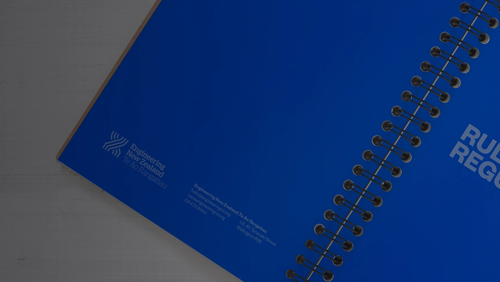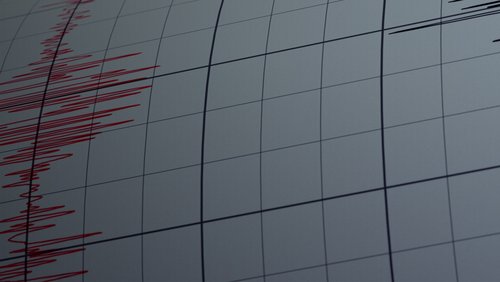2 Sep 2016
The Structural Engineering Society (SESOC) says homeowners should not become unnecessarily concerned about the ductility of steel mesh in their houses.
SESCOC President Paul Campbell says SESOC has been prompted to make these comments following reports in the media that a law firm is proposing a class action in relation to mesh that may not meet The New Zealand Standard.
Before changes to the Building Code following the Canterbury earthquakes, many residential slabs were unreinforced. Even if slabs were reinforced, they generally used mesh that was not very ductile. Ductility, or stretch, is a critical steel property for many commercial applications, particularly multi-storey buildings.
Mr Campbell says: “Obviously engineers are concerned if mesh that is below standard has been circulated and used in residential buildings. But even if the mesh is only half as good as the current Standard requires, it is still at least 10 times better than what was used in the past, and infinitely better than unreinforced slabs.
SESOC and the Institution of Professional Engineers New Zealand (IPENZ), which represent the majority of structural engineers in New Zealand, are concerned that unnecessary public alarm could be generated over this issue.
“We are concerned that people, particularly homeowners in Christchurch who have been through years of emotional turmoil already, will experience unnecessary stress.
“In virtually all residential construction where mesh has been used to reinforce slabs, the reduction in capacity due to the mesh not meeting the required standard will be insignificant.
“For a small minority of homes that have been specifically designed and engineered, there may be some potential impact, but the designers of those buildings should be quickly able to advise whether this is significant.
“For commercial developments and larger residential properties that have used elevated concrete floors, there may be a very small number of cases where the mesh may affect the performance of the buildings in future earthquakes. The structural engineers responsible for the design should be able to advise whether this may be significant. In many cases where the strength of the mesh may be critical, it will have been augmented with regular reinforcing bars, which are not generally affected by these issues.
“We believe it’s important to point out that that the mesh supplied and used since the Canterbury earthquakes will still perform significantly better than the mesh that was used in the majority of floor slabs prior to the earthquakes, even if it does not fully meet the Standard.”







